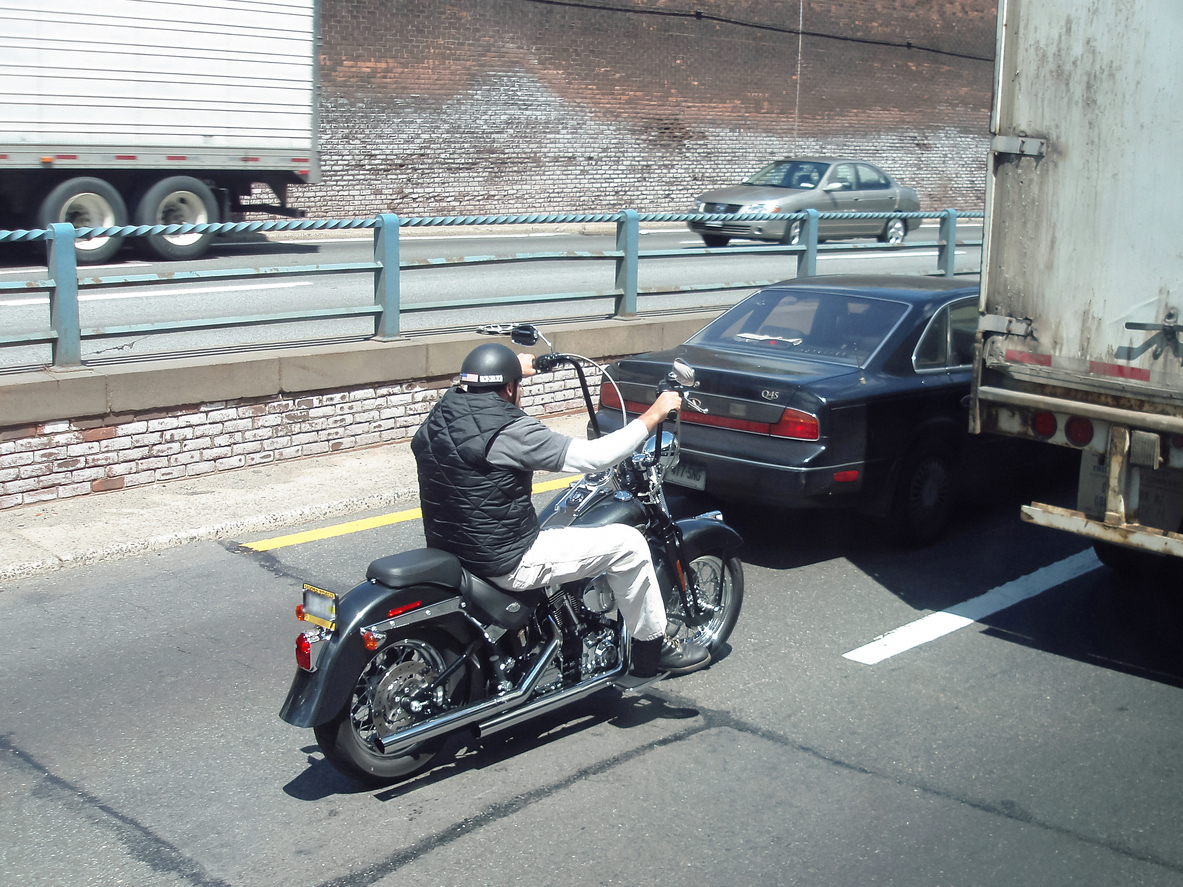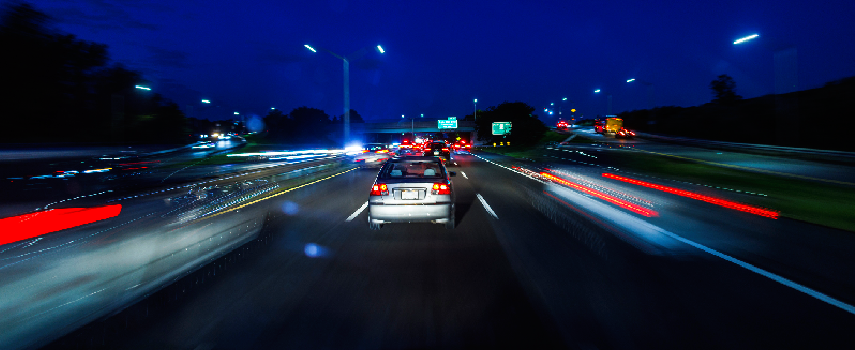A deadly Sunday night hit-and-run on Brooklyn’s Belt Parkway once again showed how quickly tragedy can strike—and how confusing New York’s insurance system becomes when a driver flees the scene. For families left behind, it’s not only grief but also a maze of rules about who pays for what, and why motorcyclists often end up with fewer protections than car drivers.
In New York, motorcycles are excluded from the state’s no-fault insurance system. That means if you ride a motorcycle and get hit, even if another driver is completely at fault, your own insurance won’t automatically pay your hospital bills or lost wages. Car drivers and passengers, on the other hand, do get these no-fault benefits—usually up to $50,000 for basic medical and wage coverage. Lawmakers made this rule on purpose, believing that motorcycle riders face different risks and should manage coverage differently. Courts have upheld this policy for decades, most recently confirming that insurance companies are allowed to exclude motorcycle occupants from no-fault benefits.
Because of this exclusion, motorcycle riders must rely on other types of coverage. The most important are Uninsured Motorist (UM) and Underinsured Motorist (UIM) provisions, which protect you if the at-fault driver has no insurance—or runs away. Under New York’s Insurance Law, every insurer must offer this protection up to the same limits as your liability coverage unless you waive it in writing. This coverage acts as a safety net, stepping in to pay for injuries caused by uninsured or hit-and-run drivers.
However, there’s a catch. For hit-and-run accidents, UM coverage only applies if there was actual physical contact between your motorcycle and the unidentified vehicle. If a reckless driver cuts you off and you crash while trying to avoid them—but there’s no contact—your claim will likely be denied. Courts have reinforced this “physical contact” rule many times, saying it’s necessary to prevent fraud. Unfortunately, it often leaves innocent victims without help.
For car drivers, the system works differently. They’re automatically covered by no-fault, so medical bills and lost wages are paid first regardless of fault. But to sue for pain and suffering, they must show they suffered a “serious injury,” like a fracture, disfigurement, or permanent limitation. Motorcyclists, on the other hand, are not considered “covered persons,” so they can sue for full damages without having to meet this threshold. It’s one of the few advantages riders have under New York law.
If the driver who caused the crash is never found, victims can turn to the Motor Vehicle Accident Indemnification Corporation, or MVAIC. This state-run fund helps people injured by uninsured or hit-and-run drivers who have no other coverage. But like UM coverage, MVAIC also requires physical contact between the vehicles. If there’s no contact, even if a fleeing driver clearly caused the crash, MVAIC will deny the claim. And even when coverage applies, the limits are low—only $25,000 for injury or $50,000 for death per person. For serious injuries like broken bones or head trauma, that barely covers the first hospital visit.
Making a claim through MVAIC can also take time and legal effort. Victims must file quickly, prove they tried to identify the other driver, and often get court permission before MVAIC can pay. Courts have started enforcing these deadlines more strictly, which means victims who delay can lose their right to recover. Still, judges emphasize that MVAIC’s laws should be read broadly to protect innocent victims rather than shut them out.
Leaving the scene of an accident in New York is a serious crime. For property damage, it’s a traffic offense, but when someone is injured or killed, it becomes a misdemeanor or felony. The fines can reach thousands of dollars, and drivers can lose their licenses or go to prison. If a death occurs, prosecutors can also bring vehicular manslaughter charges. These criminal penalties exist to punish and deter reckless drivers, but they don’t help victims recover financially—that’s where civil claims and insurance coverage come in.
For motorcycle riders, the reality is harsh. Because they’re excluded from no-fault, they must depend on their own UM/UIM policies, private health insurance, or the limited safety net of MVAIC. And for hit-and-run victims, everything depends on whether the crash involved physical contact and whether coverage was properly in place. That’s why it’s critical for every rider to review their policy and make sure they have UM/UIM coverage that matches their liability limits. Without it, even the most responsible motorcyclist can end up paying out of pocket after being hit by an uninsured or fleeing driver.

Car drivers aren’t immune either. Even with no-fault protection, they still need UM/UIM coverage for situations where the other driver has no insurance or speeds away. This extra protection can be the difference between financial recovery and years of debt.
The bottom line is that hit-and-run crashes in New York expose the gaps between the car and motorcycle systems.
Riders have fewer automatic benefits, stricter proof requirements, and lower fallback coverage. The law punishes fleeing drivers harshly, but the system for helping victims still leaves many struggling to rebuild their lives. If you’ve been injured in an accident, don’t wait. Call us 24/7 or contact us through our website or live chat to speak directly with an experienced attorney at The Platta Law Firm. We fight for injury victims across New York and will help you get the justice and compensation you deserve.

